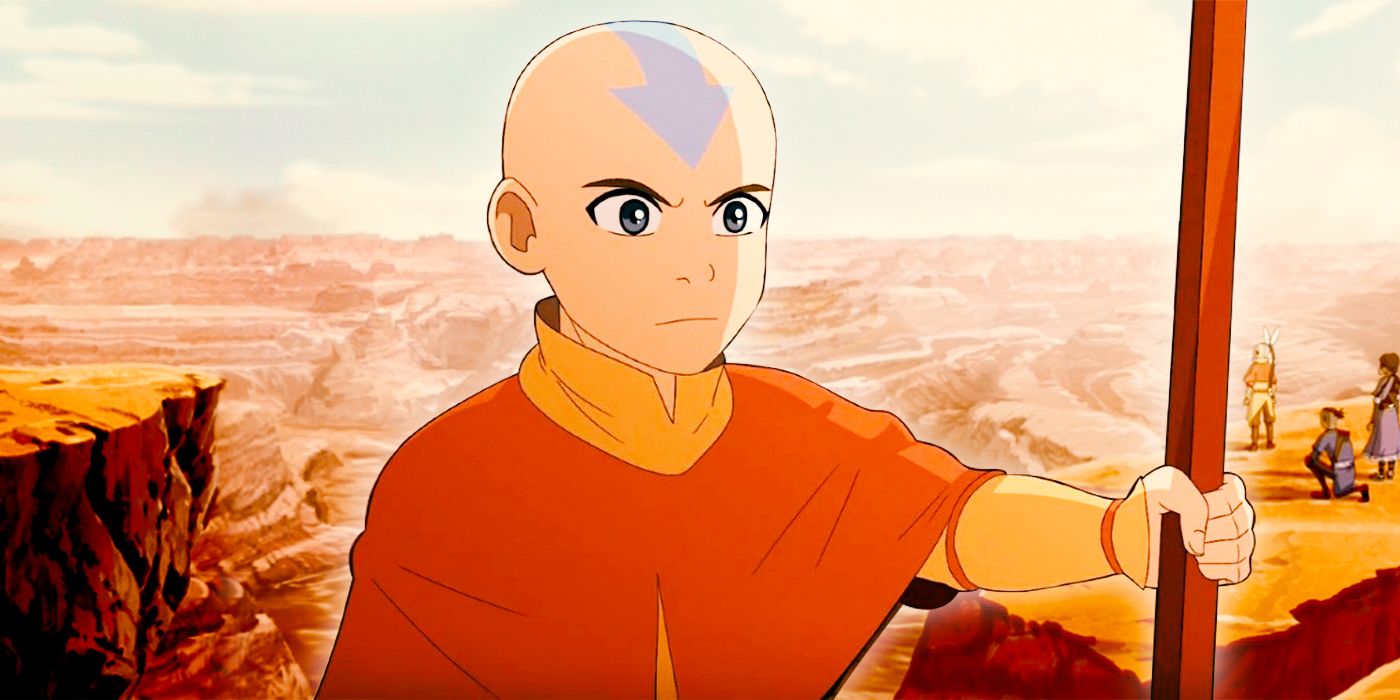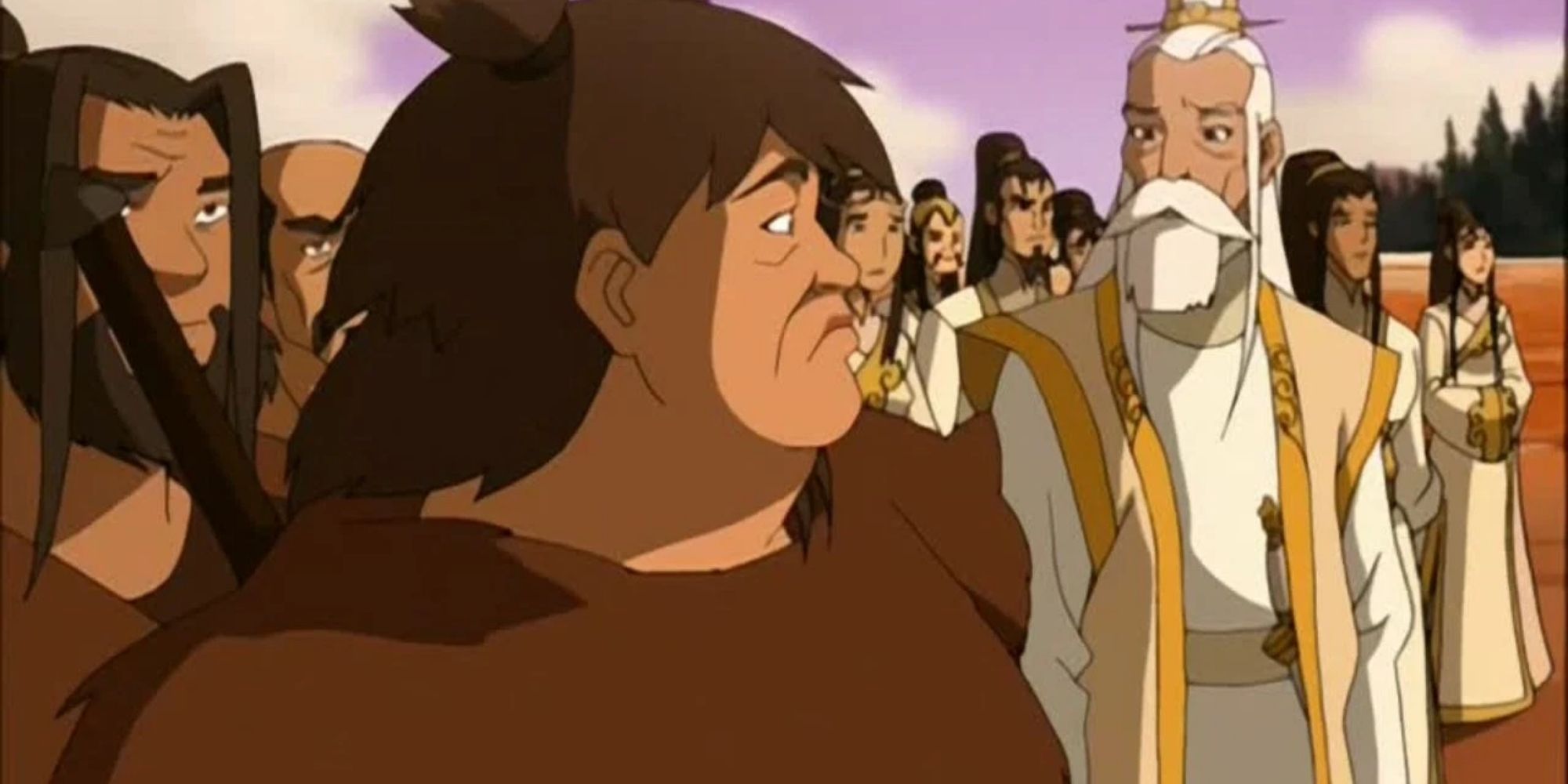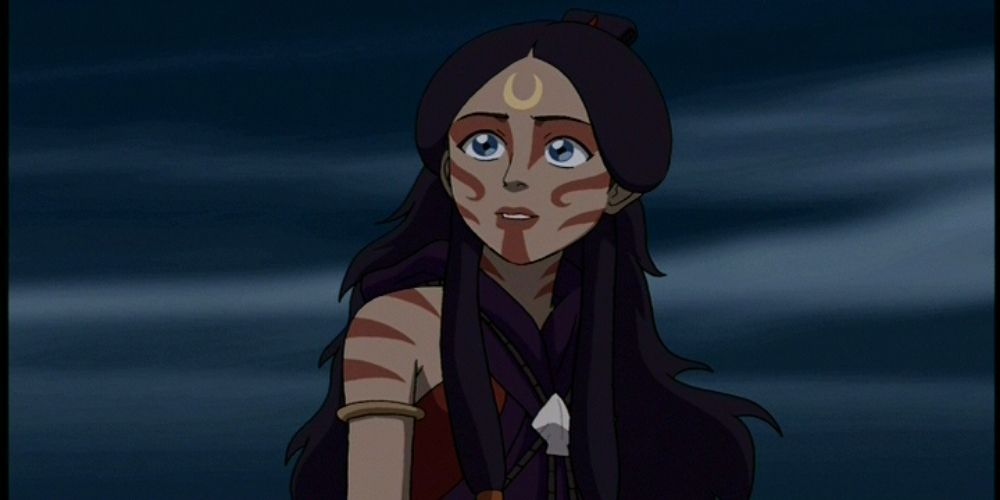Although no TV series is ever perfect, Avatar: The Last Airbender is often held up as the next best thing. But its almost universal acclaim causes the flaws it does have to stand out all the more, and that goes doubly so for episodes seen as "filler" by fans.
Recent comments by Avatar's creators Bryan Konietzko and Michael Dante DiMartino respond to the common criticism that episodes like "The Great Divide" are merely filler. And, really, they make a great point.
The podcast Avatar: Braving the Elements recently had an episode titled "Origin Stories with Mike DiMartino & Bryan Konietzko Pt. 2," in which the Avatar creators discussed their creative backgrounds in the industry, some of their philosophy toward creating the series and various aspects of how the fandom responded to the story they were telling. One particularly contentious subject is that of "filler" episodes, a term commonly used for episodes that do not move the plot forward. "Filler" traditionally applies to manga adaptations where the anime needs to tread water in order for its source material to catch up.
DiMartino and Konietzko took issue with the term in regards to Avatar. "If there was an episode that didn't 100-percent move the overall plot forward, it was like oh, it's suddenly a filler episode -- forget that episode. And I was like, what is this filler? It's all part of the story, guys." The first example they discuss, "The King of Omashu," DiMartino points out actually becomes crucial later on in the story for its introduction of King Bumi. The next example, "The Great Divide," they concede "is pretty filler-y," but which they still value portions of and aren't comfortable with writing off as a waste of space.
And they're right. "Filler" carries negative connotations that imply nothing of value takes place within the episode, but most any amount of time spent with the characters of Avatar helps viewers understand who they are and their motivations. Even "The Great Divide" helps establish Sokka and Katara's differences and Aang's well-meaning trickster nature. Though these qualities are also established elsewhere, "The Great Divide" takes it to an extreme that fortifies those qualities to solidify who the characters are. That's the kind of value that leads many episodes fans see as "filler" to be some of Avatar's best moments.
There's always some value even in the show's worst episodes, and one easy area Avatar's creators point to that they enjoyed from "The Great Divide" were the canyon crawlers, the spiderlike animals present nowhere else in the series but still make for fun and exciting moments. When it comes to developing characters, it's important to remember different characters appeal to different people, and it is the combination of many aspects introduced throughout a series that makes a cohesive whole all fans can enjoy.
Avatar fans who dislike Katara may go as far as to call "The Painted Lady" a filler episode because of how little it contributes to the overarching plot, but for her fans, that episode is crucial in evidencing her status as the moral center to Team Avatar, as well as fleshing out the Fire Nation as a place.
The pacing of the series is crucial to building up Aang's destined showdown with Ozai in the finale, but there is more to the series than the progression of the main plot. What makes the main story matter is the audience's investment in the characters participating in that plot and toward that end every piece matters in the scope of the larger saga. DiMartino and Konietzko clearly understand that, and as they move forward in adding more to the Avatar world, it is exactly that kind of thinking that is sure to satisfy fans for decades to come.



